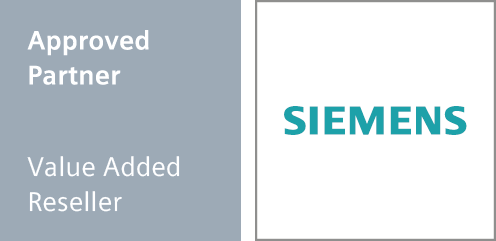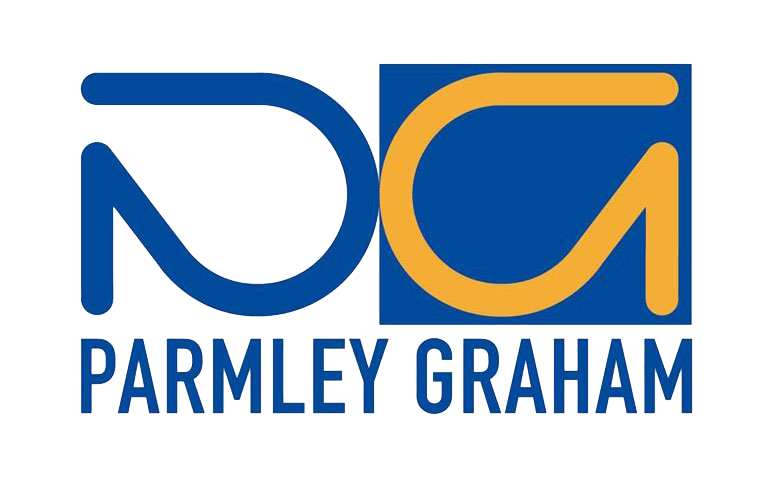Tyre Manufacturing
Getting your tyre production rolling.
Overview
Supplying the right tires for every requirement
More and more versions of tyres and trends like electromobility and autonomous driving are leading to an increased demand for innovative concepts in tyre design and production. Competitive tire production therefore needs to be highly flexible and capable of responding quickly to fluctuating market demands. At the same time, current stringent requirements for high quality, safety, environmental standards, and growing internationalisation have to be met. This means that tyre manufacturers need innovative solutions for the entire value chain.

Growing production requirements
Tyre production facilities require a high level of automation, transparency, availability, and energy efficiency. Many factories have to be modernised in order to satisfy today’s requirements. New plants are also necessary to keep up with the growing demand.

Growing customer requirements
Electromobility calls for optimised tyres that will satisfy requirements for roll resistance, noise, and performance. In addition, connectivity between tyres and vehicle and clear identifiability must be guaranteed.

Legal provisions
Tire manufacturers need to satisfy increasingly stringent regulatory requirements, and in the EU, for example, they have to specify fuel consumption, noise emissions, and the wet-grip classification.
Solution
Consistent digitalisation for better results in the real world.
Digitalisation and automation are the game-changers in tire development and production. The consistent use of digital twins helps manufacturers prepare for every requirement and enable every challenge to be overcome – from product and machine design to machine commissioning and production, product optimisation, and production performance.
Tyre manufacturers can combine product and plant data to generate a complete reflection and a control loop from the real and digital worlds. The result is continuous improvement based on actual production and performance data.
Digital world
The digital twin of the product
A digital twin of the tyre helps tyre developers meet the stringent demands of automakers and end customers. Design, simulation, and testing of tires all occur in a fully digital environment that enables rapid, smooth, and efficient product development.
The NX CAD/CAE system enables comprehensive simulations of aerodynamics, acoustic behaviour and hydroplaning properties.

Virtual design

NX CAD, CAE and CAM software supports product development from the initial concept to design, construction, simulation and all the way to manufacturing.
The process begins with a design of the sidewalls and tread of the tyre. That lays the groundwork for a reliable model and for the cross-cutting groove in the tire profile. In the final stage, the grooves are patterned around the rest of the tyre, generating the tire tread profile.
Hydroplaning assessment

To prevent hydroplaning for as long as possible, CFD (computational fluid dynamics) data is coupled with an FEA (Finite Element Analysis) code in SimCenter to evaluate the entire deformation process. An overlaid grid allows tyre spin and mesh deformation to be represented, and data on the material properties of the tyre is included to ensure correct results.
Simulation of tyre forces

MF-Swift, which is part of the SimCenter family, makes it possible to predict the forces that a tyre will produce and transfer to the vehicle when running over an obstacle.
The simulation in MF-Swift predicts occurring forces exactly and passes this information on to the digital twin of the vehicle. This helps optimise the passengers’ comfort this vehicle is able to provide.
The digital twin of the production process

In addition to simulating the tyres, the entire production process is planned, simulated, and optimised in a virtual environment with the help of a digital twin. Our end-to-end software suite replicates the entire process, from rubber mixing to the virtual commissioning of the machinery and error-free standardisation based on libraries.
Mixing performance optimisation

Simcenter supports the analysis of the rubber mixing process. This decreases local viscosity in areas of high shear strain and also reduces bulk viscosity due to average temperature rises. Centerline areas of high viscosity due to local fluid stagnation caused by counter-rotating screws can be identified in advance and prevented.
Material flow and production process optimisation

Tecnomatix Plant Simulation enables the virtual design and visualisation of the entire plant layout. It helps identify bottlenecks and optimise energy consumption. Visualisation during the design phase helps reduce overall time-to-market and easily optimises the process by considering each production step and individual production resources.
Virtual PLC code verification

Virtual commissioning reduces commissioning time in the real world and prevents costly machine outages. At the same time, machine prototyping efforts are substantially reduced, and machines can be optimised during the development phase. The entire functionality of the machine can be validated and optimised using the PLC code while the complete manufacturing process is monitored by WinCC.
Fast and efficient commissioning

Commissioning of the real machine is significantly accelerated thanks to the preceding virtual commissioning and the integration of the mechanical and electrical design into the automation using a common database. The validated manufacturing processes and the PLC code are transferred to TIA Portal and passed on directly to the real machine.
Real world
The digital twin of performance
Efficient optimisation of production and product performance are based on real operational data. Performance and maintenance data from production equipment and entire production plants can be recorded and analysed in the cloud. The result is increased plant availability and the option to schedule maintenance to meet all requirements.

Library-based standardisation

A tyre library facilitates standardised, vendor-neutral operation and modularisation. Automating many identical and repeated work processes increases engineering efficiency by automatically generating visualisation objects and also helps prevent errors. Operators and other data users obtain the same information about the machine via the HMI.
Data analysis for a greater competitive edge

Our industrial IoT solutions allow you to record and analyse data in order to derive valuable knowledge. Edge and cloud computing offer analysis and connectivity functions, developer tools, and applications and services for evaluating and using all available data to maximise asset performance and availability. In addition, we support the easy development of specific apps to meet your requirements.
All databases are connected

With Industrial Edge, we close the gap between local and cloud computing and enable high-frequency data-sharing at the field level. Industrial Edge includes backend edge management and customised edge devices and edge apps for smart data analysis and improved productivity.
For your specific requirements, talk to us.
To see how we can help with your systems or if you have any enquiry, please get in touch – we’ll be pleased to help. Send us an email at support@parmley-graham.co.uk or fill the form below.
Applications
Solutions for all stages in the tire manufacturing process.

Mixing and extrusion
Siemens integrated portfolio for controls, visualisation, drives, motors and even mixer management and storage flexibly fulfil the high demands of the complex mixing process. They help ensure quality, efficiency and profitability and enable specific customer concepts and custom solutions for the utmost energy efficiency, optimum mixing results and the visualisation of the entire mixing process to obtain useful information.

Production of semi-products
Thanks to a high level of standardisation over the entire product range, Siemens solutions ensure outstanding flexibility in semi-product manufacture. Generous scalability makes it possible to customise drive solutions to all machines used for confection of the individual tire components, this way making available additional potential for maximising productivity and profits through higher levels of standardisation, lean automation solutions and considerable energy savings.

Tyre building
SINAMICS and SIMOTION drive solutions that are specifically adapted to the requirements of tire production machines, along with SIMATIC controllers to automate tire building machines, help minimise energy consumption and maximise productivity through improved cycle times, open, robust automation concepts and outstanding availability of the machinery.

Vulcanization
Curing workflows and vulcanization press automation can be optimised and made more efficient by digital simulation of the curing process, custom automation solutions for curing presses, plus innovative control solutions based on powerful control units installed near the presses for monitoring and the adjustment parameters like pressure, temperature and time.

Quality control
Fully automated, space-saving quality control solutions from Siemens combine X-ray monitoring, tire balancing checks and force variation tests with central data management, this way ensuring optimal test performance and complete tire traceability.

Labelling
Tire performance labelling in the EU requires matching of data with SAP systems within a very short cycle time. Siemens products, such as the SIMATIC IPC enables compliance with European standards without compromising efficiency by supporting multifunctional, high-speed processes with extremely short cycle time of 1 ms, which makes it possible to handle a workload of about 800 tires per hour.

We are Siemens trusted and approved distribution partner.
As a Value Added Reseller in Siemens’ Approved Partner network, Parmley Graham are a proven supplier of a wide range of quality products in the UK and globally.
Find out more how this will benefit you or check Siemens Configurator.


